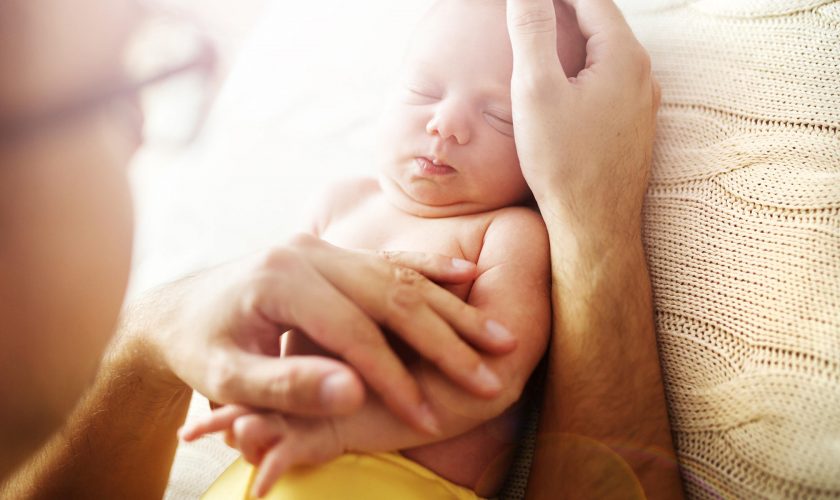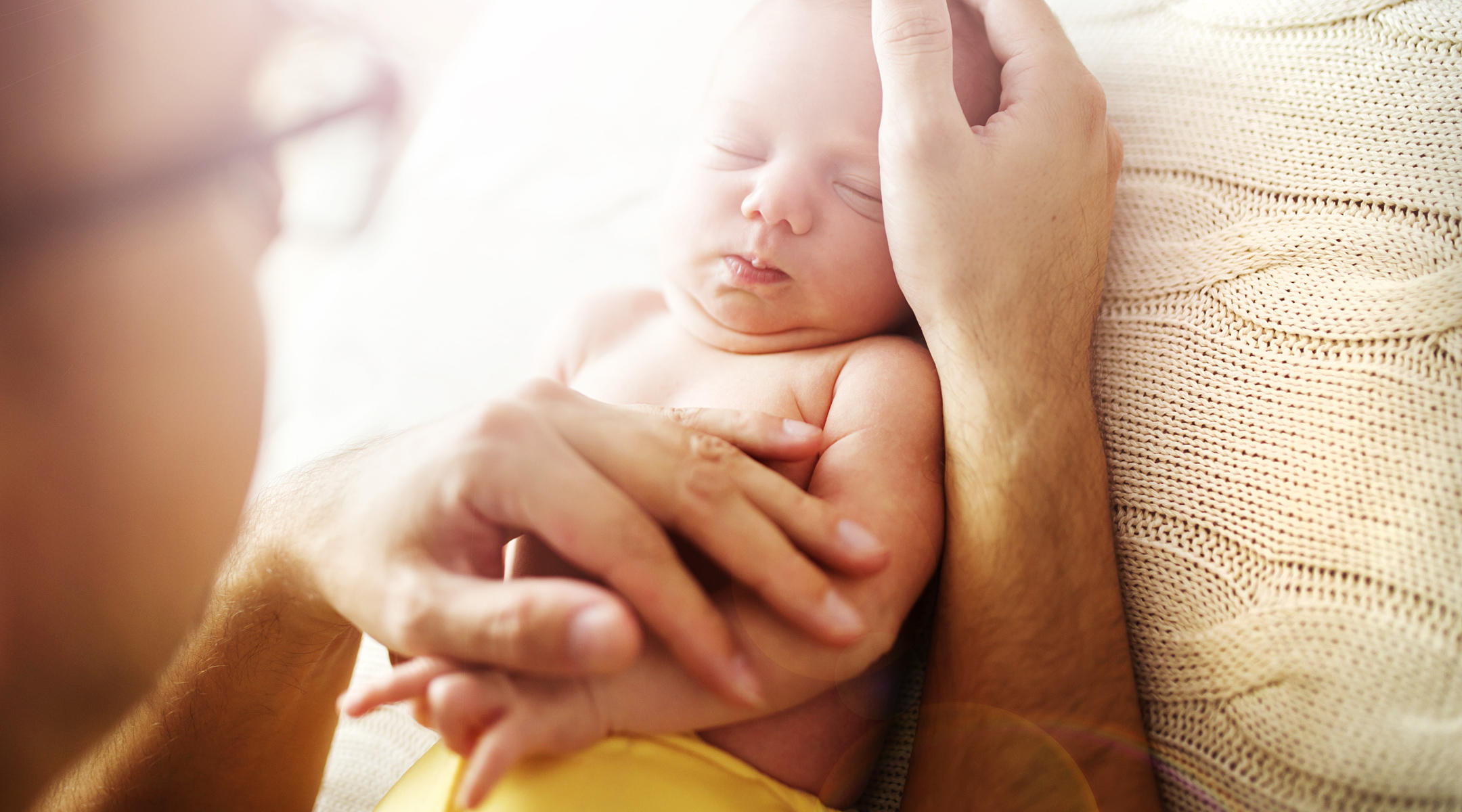Cradle cap is an oily, yellow scaling or crusting on a baby’s scalp. It is common in babies and is easily treated. Cradle cap is not a part of any illness and does not imply that a baby is not being well cared for.
Cradle cap usually clears up on its own in a few months. Home-care measures include washing your baby’s scalp daily with a mild shampoo. This can help loosen and remove the scales. Don’t scratch cradle cap.
If cradle cap persists or seems severe, your doctor may suggest a medicated shampoo, lotion or other treatment.
Causes
The exact cause of cradle cap isn’t known, although some researchers believe it’s due to an overproduction of skin oil (sebum) in the oil glands and hair follicles. A type of yeast (fungus) called malassezia can grow in the sebum along with bacteria, and this may be another factor in the development of cradle cap.
Seborrhea happens most often in babies and teenagers. In both of these times in a person’s life, hormone levels are high, which also might play a role in the condition.
Certain factors — like weather extremes, oily skin, problems with the immune system, stress, and other skin disorders — can make it more likely that a child will get cradle cap.
Symptoms
Cradle cap looks different on every baby. It can be grouped together in bunches, or crops, or it can be spread far apart on the body. Affected areas will usually have one or more of these symptoms:
- thick plaques or crusts (especially on the scalp, but sometimes on the ears, eyelids, eyebrows, nose, neck, groin, or armpits)
- greasy or oily patches of skin, often covered with white or yellow scales
- skin flakes (dandruff)
In a very few cases, babies with cradle cap will have skin that is a little red or itchy, and some might even have hair loss, though the hair usually grows back after the cradle cap is gone.
Treatment
Cradle cap is not harmful to your baby. It usually goes away by a baby’s first birthday.
Home treatment is usually all that is needed for cradle cap.
- An hour before shampooing, rub your baby’s scalp with baby oil, mineral oil, or petroleum jelly to help lift the crusts and loosen scales.
- When ready to shampoo, first get the scalp wet, then gently scrub the scalp with a soft-bristle brush (a soft toothbrush works well) for a few minutes to remove the scales. You can also try gently removing the scales with a fine-tooth comb.
- Then wash the scalp with baby shampoo, rinse well, and gently towel dry.
Natural Remedies
Olive Oil
Olive or almond oil is often effective against cradle cap, as counter-intuitive as it may seem. Try rubbing it in baby’s hair and letting it sit for a while, then gently rubbing with a clean toothbrush. Worked for us!
Coconut Oil
Every natural mama swears by coconut oil for good reason. It’s a miracle! It smells amazing, too. Put a little on baby’s head at night and brush off in the morning with a baby brush.
Almond Oil
Almond oil is very safe for treating cradle cap in infants. Since the skin of a baby is very sensitive, almond oil can be applied on the infected area. Let the flakes damp for a few minutes. With the help of a fine toothed comb, remove the flakes carefully. You can also use a soft washcloth instead of comb.
Tea Tree Oil
What to use for cradle cap other than olive oil, Vaseline, and baby shampoo? The answer is tea tree oil. Though, it is considered as wonder oil but is very toxic. It shouldn’t be applied directly on baby’s skin. For curing cradle cap, you need to dilute tea tree oil. You have to mix tea tree oil and almond oil in a ratio of 1:10. Stir it well and apply it on baby’s head. Leave it for 15 minutes. Remove flakes gently with fine toothed comb.
You can also mix 4-5 drops of tea tree oil in one tbsp of olive oil. Utilize it on the infected area. After 5-10 minutes, rinse with a mild shampoo.
Mineral Oil
Mineral oil is a natural cure for baby cradle cap. You are suggested to apply some mineral oil on baby’s head. Let it be on baby’s scalp for a few hours. Then, rinse baby’s hair and scalp properly with a baby shampoo. While washing hair, gently rub baby’s scalp with the help of clean wet washcloth in a circular motion. This method will remove flakes from scalp easily.
Fine-Toothed Comb
This is a lice comb, it’s true. But with a little oil, this is probably one of the easiest and fastest ways to remove those flakes. So get to combing. And be glad it’s flakes and not nits!
Shea Butter
Try shea butter on the scalp. Rub it in, then comb it off slowly. It works like a charm, according to some moms.



